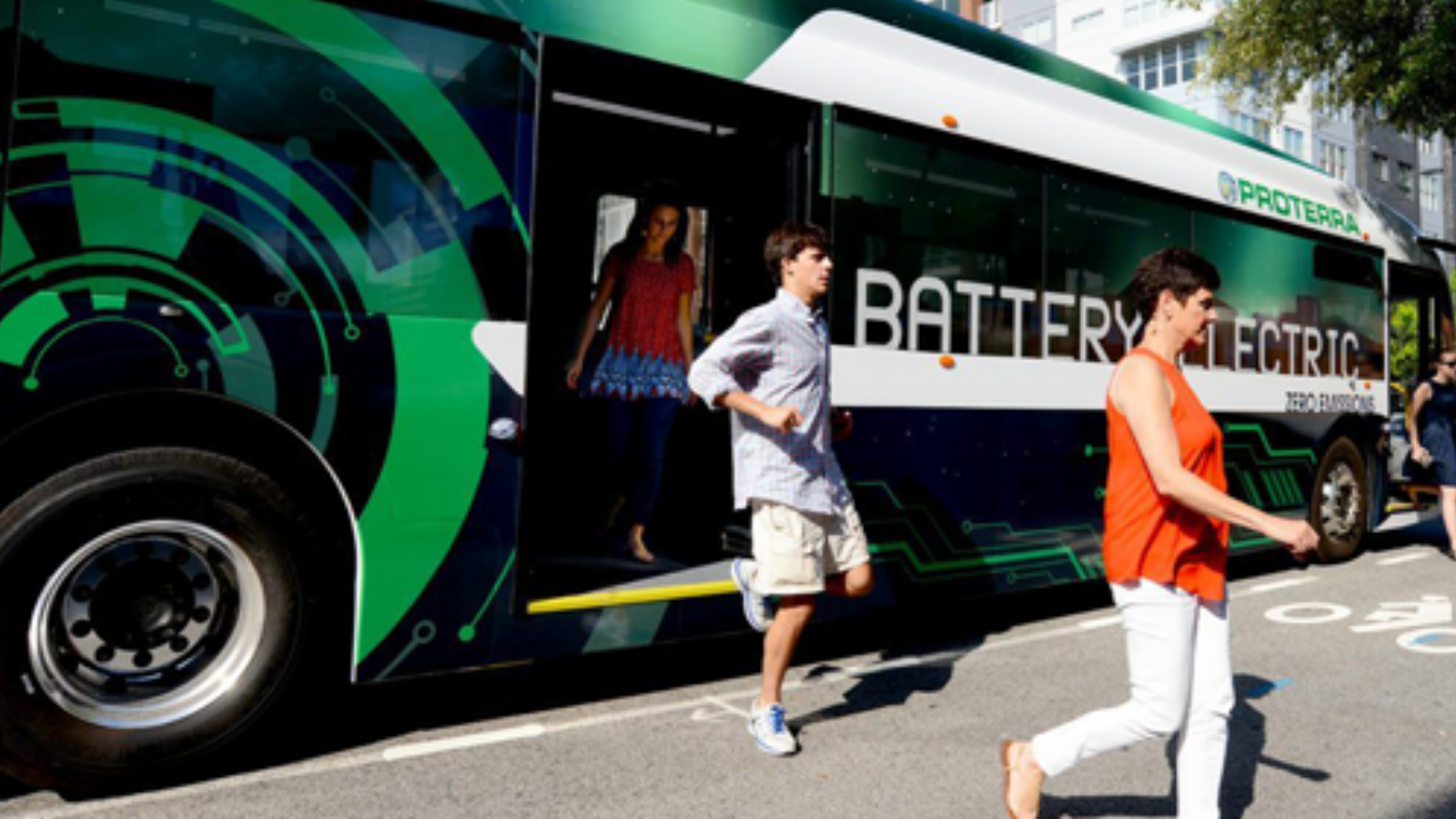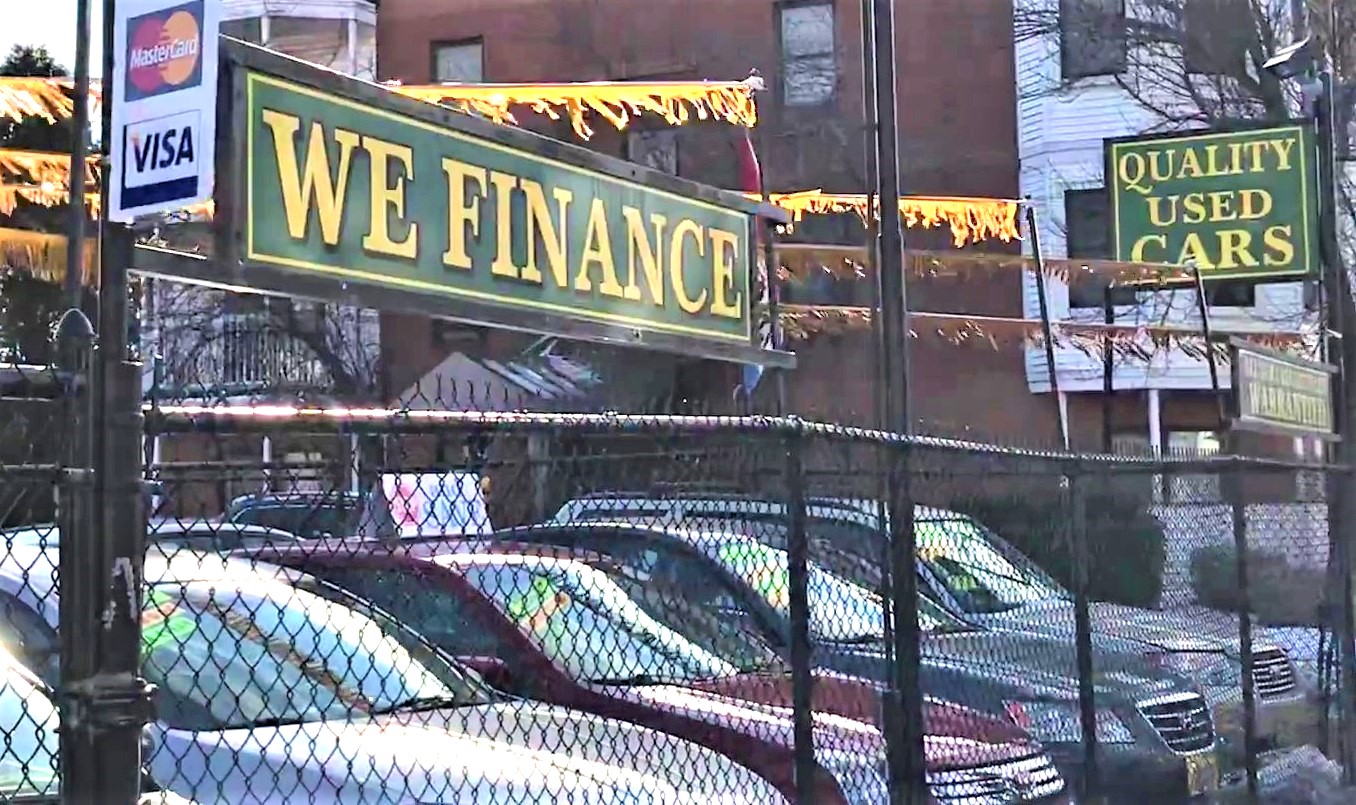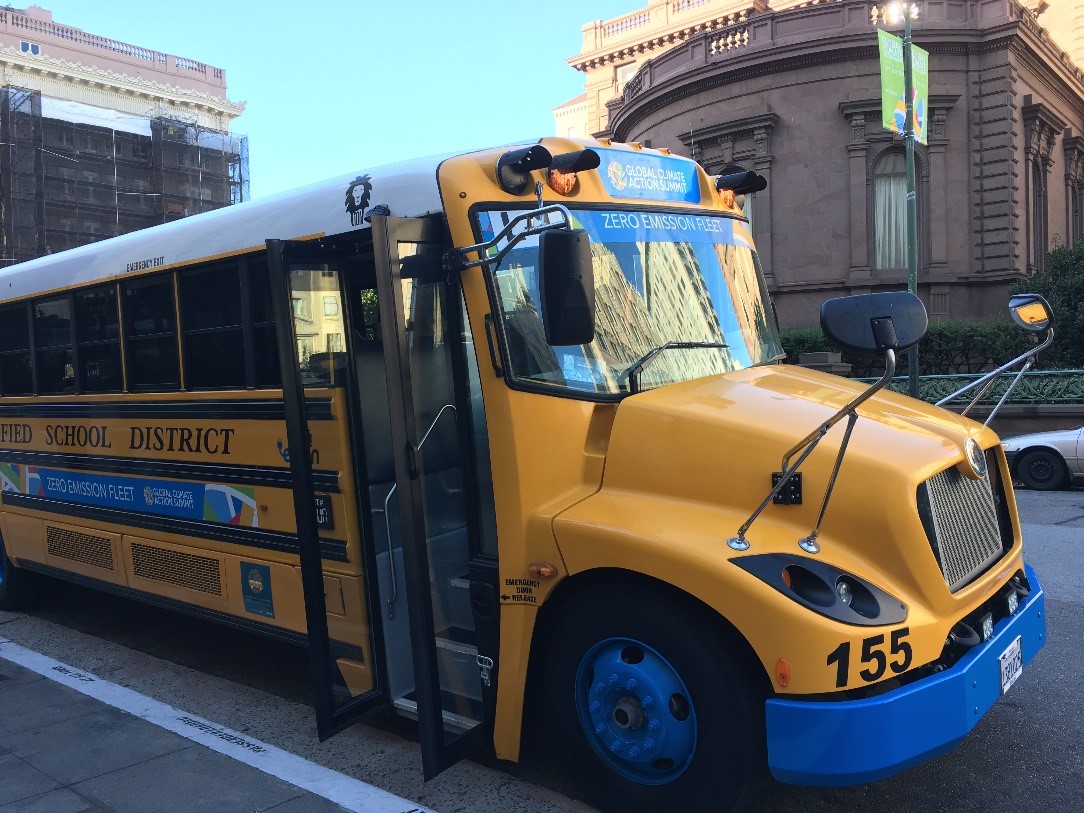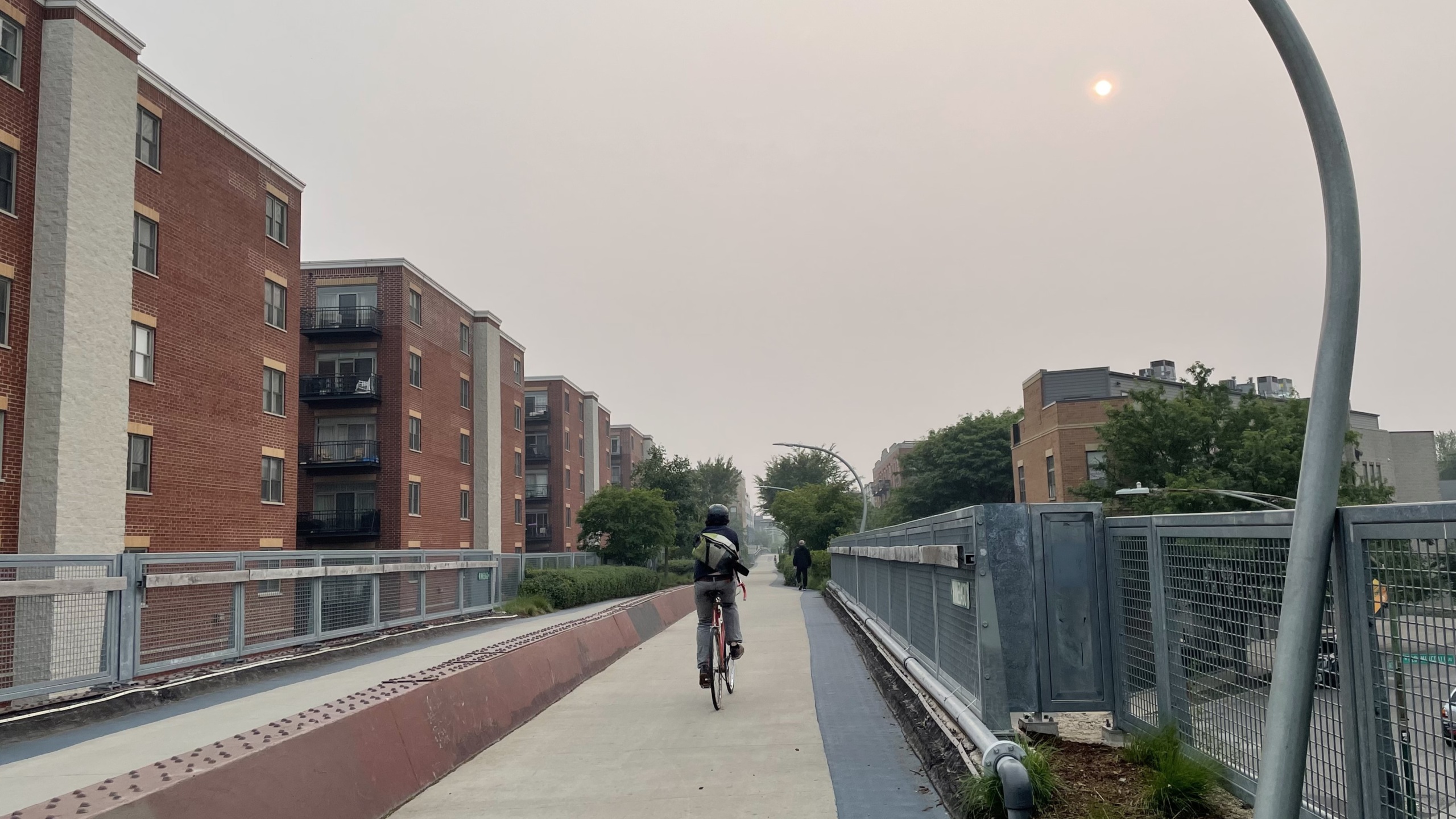House transportation bill could give electric buses a big boost
The “INVEST in America Act,” which authorizes nearly $500 billion of transportation spending over five years, takes on the transportation status quo.

The transportation status quo in the United States needs to change. With congested roads, high rates of air pollution, and alternatives to driving that are inefficient, expensive, or both, we need more than just state and local action to tackle this problem. We need federal action to help bring transportation into the 21st century. Fortunately, House Democrats recently took some bold steps toward investing in a new transportation future.
Last week, the U.S. House Committee on Transportation and Infrastructure released the Investing in a New Vision for the Environment and Surface Transportation in America Act (or INVEST Act for short). The act authorizes nearly $500 billion to spend on transportation infrastructure over five years. This includes a significant increase from previous years in funding for projects that directly reduce greenhouse gas emissions, including electric buses and electric vehicle infrastructure expansion.
In one of the most significant pushes at the federal level for bus electrification in recent years, the bill raises the budget for the Federal Transit Administration’s Low-No Emissions Bus Program by 500 percent. This program provides federal grants for electric bus projects in areas of greatest need. The Low-No Emissions Bus Program for the FY2020 has funded projects in 41 states and municipalities, including over $5 million for the City and Borough of Juneau, Alaska; $1.1 million for the Massachusetts Department of Transportation; and $5.5 million for Jackson, Mississippi.
The bill also establishes a $350 million annual competitive grant program for electric vehicle charging and hydrogen fueling infrastructure, and a new $250 million per year grant program to support local efforts to reduce greenhouse gas emissions. Moreover, it creates a national transit workforce training program that includes training for zero-emission bus technologies. Finally, the bill places emphasis on bus facility and fleet expansion funding, giving municipalities the opportunity to invest in modernized bus facilities equipped for electric vehicles.
Beyond those financial commitments, the bill requires the Department of Transportation to establish a new greenhouse gas emissions standard and sets a program to help states meet that standard. DOT will also be required to measure each states’ annual progress, with those making the most progress receiving additional funding. As for low-performing states, they must invest 10 percent of their federal funding toward additional projects to help reduce carbon pollution.
Although this is a groundbreaking piece of transportation legislation, it is not perfect. While there is mention of better safety regulations for school buses, the INVEST in America Act does not authorize funds for school bus fleet electrification, even though school transportation is the largest form of mass transit and, as such, is a major local expense and carbon emitter. Unfortunately, it is still often considered separately from the rest of the transportation system. As a result, the bill doesn’t help school districts finance the initial cost of procuring electric school buses.
While this bill allocates a significant amount of funding towards public transportation, it still spends twice as much on highways. However, unlike previous legislation, much of the highway funding is for “fix-it-first” projects, which prioritize maintenance of existing transportation infrastructure over expansion. The bill also sets aside $250 million for pedestrian and bicycle networks, as well as complete streets planning.
Despite its flaws, the INVEST in America Act is a truly forward-thinking piece of legislation. However, the path forward for this bill is unclear. The Senate transportation spending bill is radically different from the House bill, which could mean a long legislative battle in the months ahead over transportation spending — and the possibility of kicking the can down the road until after the 2020 election cycle.
Topics
Authors
Ethan Evans
Find Out More

The auto industry has a sustainability problem. And it’s not just about the environment.

Back to school on an electric bus

What can we do about the unhealthy air quality in Chicago?


